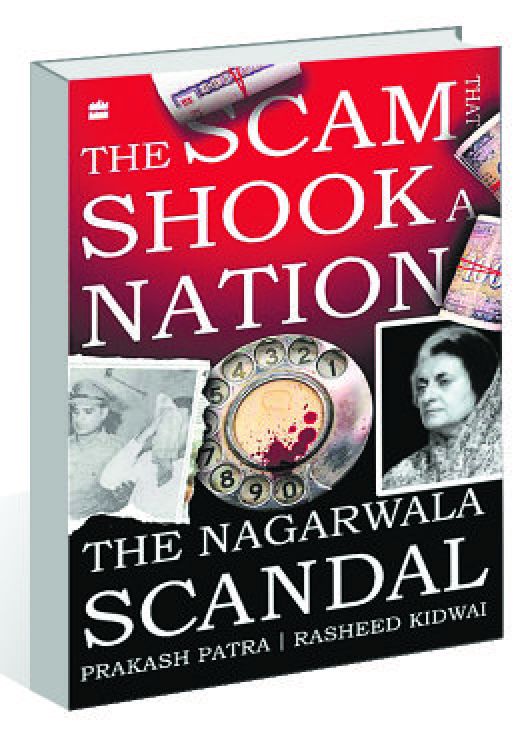The Scam that shook a Nation: Recalling the mother of all scams of 1970s
Geetu Vaid
Living in a world where online scams, frauds and political corruption are painfully common, one may underrate a more than five decades old case of Rs 60-lakh fraud committed on the country’s biggest bank by a caller ‘impersonating’ the Prime Minister and her secretary. But the sheer dare, audacity and absurdity of the act is what makes the Nagarwala scam of 1971 worth a “revisit”.
On May 24, 1971, the chief cashier of SBI’s Parliament Street branch flung into action after getting a call from the Prime Minister’s secretary, directing him to deliver Rs 60 lakh to a courier for a secret mission in East Pakistan. With the PM herself coming on phone to issue directions, a gullible Ved Prakash Malhotra set out on the ‘mission’ with a trunk-full of 100-rupee notes. After delivering the cash to the person concerned, he was in for a rude shock on being told that no such instructions had come from the PM’s secretariat. This is the starting point of the whole episode that snowballed into a major political controversy that kept on reverberating in the corridors of power for the next decade.
Though the money was recovered soon and the ‘mastermind’, former Army officer Rustom Sohrab Nagarwala, confessed and was sentenced in one of the fastest trials in the history of our country, conspiracy theories were rife as several questions remained unanswered. The ‘in custody’ death of Nagarwala and accident of the main investigating officer, DK Kashyap, too, added fuel to the simmering fire of suspicion.
The authors have presented a clinical and objective account of the daring heist and the subsequent investigations by different agencies. They have tried to catch the multiple strings of the scandal thorough in-depth research of police records, files from National Archives and the report of the Justice Jaganmohan Reddy Commission set up in 1978.
Breaking the narrative into different chapters to furnish the details of investigations, they have also put in perspective the political scenario of the time. The witness accounts of Indira Gandhi and Morarji Desai, and exploring the Sanjay Gandhi angle further puts things into perspective for the 21st century reader.
Important insights are also offered into the personalities of Nagarwala and bank cashier Malhotra to give readers enough room to ‘house’ their own opinion and to ascertain if they should be categorised as victims or villains.
What was the role of the bank and the cashier? Was the trial a cover-up? Whose money was it and for whom was it meant? Was it a whim or a planned operation? The foreign hand? The barrage of questions raised and scoured in different chapters indeed becomes overwhelming, more so because most of these remain unanswered as one is sucked into the whirlpool of intrigue, conspiracy and political wrangling.
It is worth a read for the current generation brought up on a heavy dose of scams and corruption. But for those looking for clear-cut answers, the authors remind them of Winston Churchill’s words to describe Russia’s intentions in striking a Nazi-Soviet pact at the beginning of WW-II as “a riddle, wrapped in a mystery, inside an enigma”. Ironically, the concluding remark of Justice Reddy in his report also said that the investigations had further deepened the enigma wrapped in the heart of the mystery.
The story, the case, the investigation, the lapses, the unsolved areas and the final conclusion — through it all, the authors have remained true to their promise of bringing an objective analysis of this “mother of all scams” of the 1970s.









